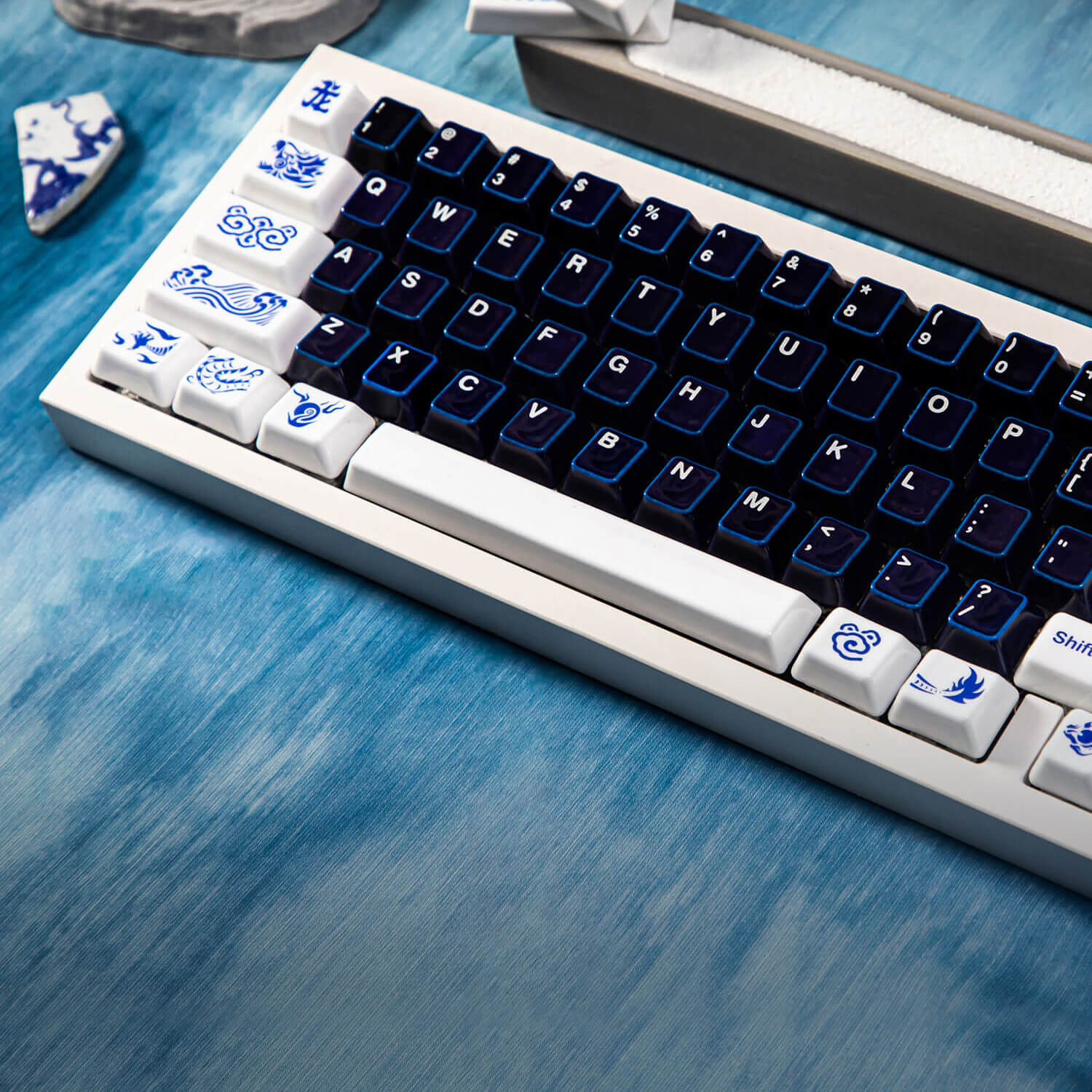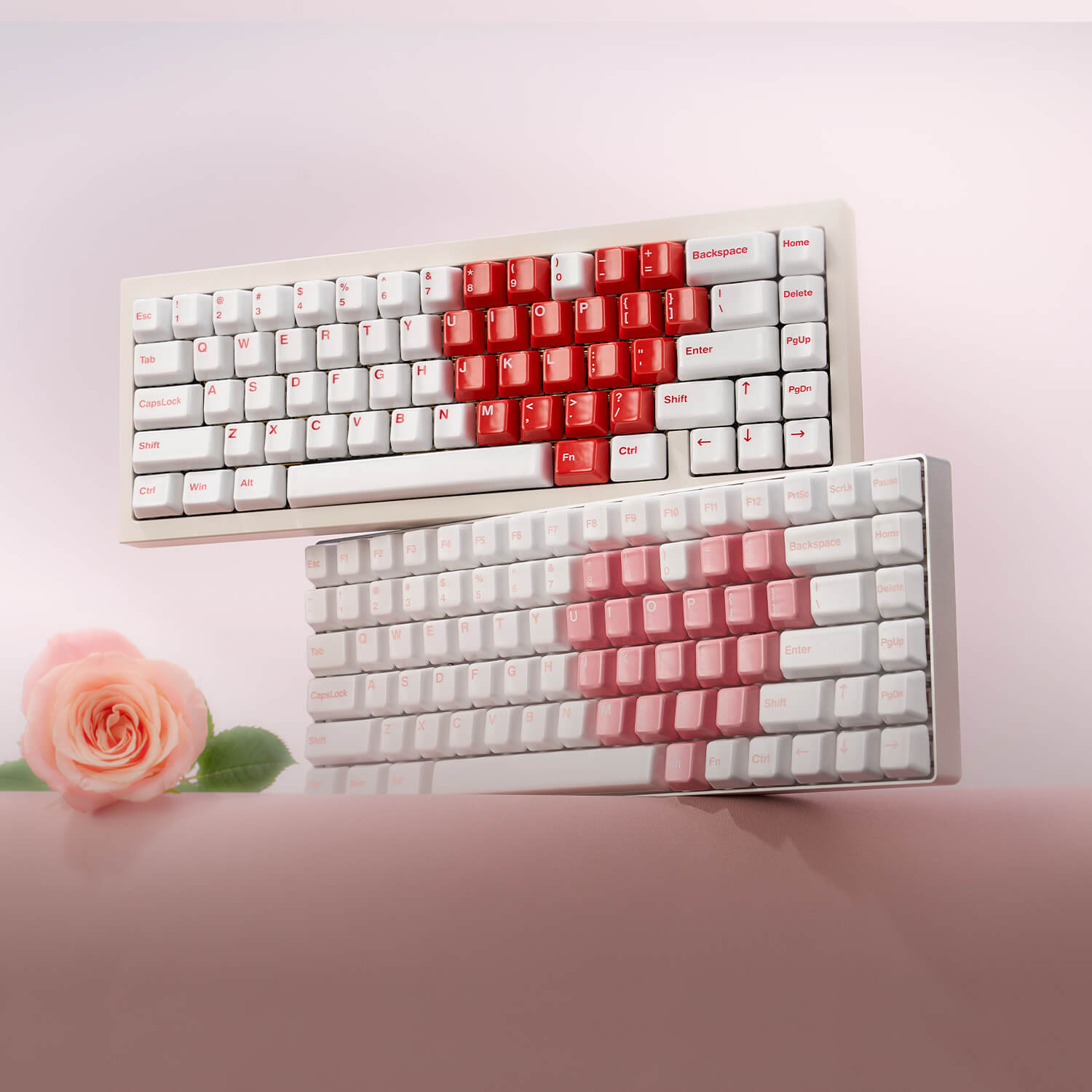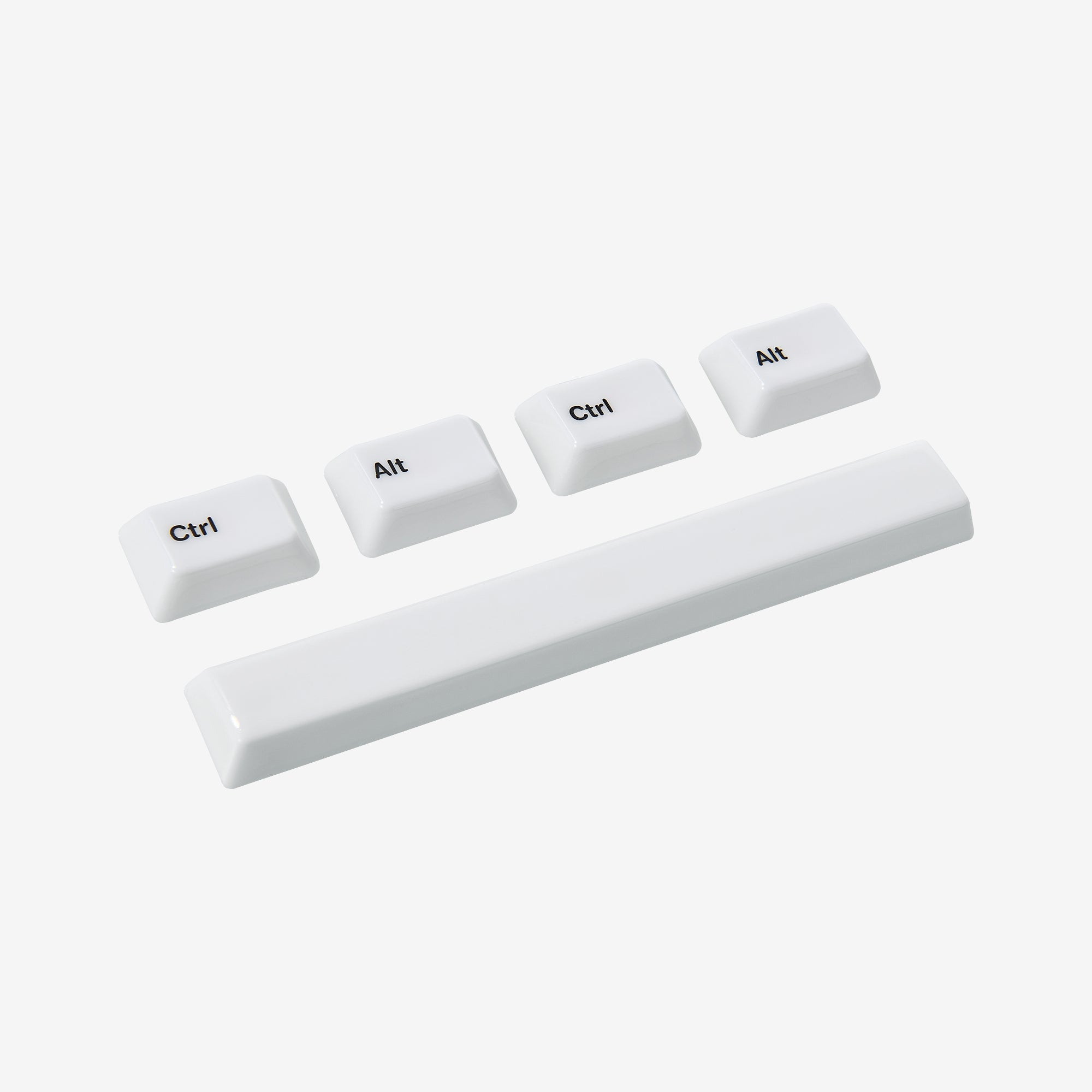In an age where individuality and self-expression are increasingly valued, even the most utilitarian items in our daily lives have become canvases for personal style. Among keyboard enthusiasts, gamers, and digital creatives, one trend stands out not just for its visual appeal but for its emotional resonance: personalized keycaps.
The Fusion of Function and Aesthetic
What was once a niche interest among hardcore mechanical keyboard users has evolved into a thriving intersection of craftsmanship, design, and identity. Personalized keycaps transform keyboards from simple tools into deeply personal artifacts. Whether made from artisan resin, sculpted clay, or hand-painted polymer, these tiny works of art redefine what it means to engage with technology.
Each keystroke becomes a tactile experience. The cool touch of a handmade resin cap, the subtle grain of a wood-inlaid key—these details don’t just make typing more pleasurable; they remind us that beauty can exist in the most unexpected places.
According to a 2023 survey by Keychron Labs, nearly 42% of mechanical keyboard users reported owning at least one set of artisan or personalized keycaps. Among them, 27% stated they purchased keycaps specifically for aesthetic or emotional reasons, not just functionality.
A Community-Driven Culture
The rise of personalized keycaps is, in many ways, a testament to the power of online communities. Platforms like Reddit’s r/MechanicalKeyboards (over 1.2 million members) and artisan-focused Discord servers have become vibrant spaces where artists and enthusiasts connect. Makers share their process—from casting molds and color mixing to multi-stage curing—while users proudly showcase their “endgame” setups.
This culture isn’t just about collecting; it’s about storytelling. Every keycap has a history. A coral-pink cap inspired by a childhood memory. A dragon-themed Enter key that took weeks to sculpt. A homage to retro tech aesthetics that speaks to a lifelong love of computing.
Craftsmanship Meets Technology
What makes these tiny artworks especially compelling is the extraordinary craftsmanship involved. Creating a single artisan keycap can take hours, if not days. Makers often combine traditional sculpting techniques with cutting-edge tools like 3D modeling software and precision CNC machines. The result? Functional micro-sculptures that often sell out in seconds during limited “keycap drops.”
In 2022 alone, the artisan keycap market was estimated at $28 million USD globally, according to Custom Keyboard Trends Report. Some rare pieces by renowned makers such as Jelly Key or Dwarf Factory have been known to fetch over $200 for a single key in aftermarket auctions.
And it’s not just about looks. Enthusiasts often cite improved typing feel, sound profile, and ergonomics as key benefits. A well-designed keycap can make a satisfying “thock” that turns mundane data entry into a sensory ritual.
More Than a Trend
For many, personalized keycaps represent more than a design choice—they’re an antidote to the generic, mass-produced world of consumer electronics. At a time when digital devices often feel cold and interchangeable, these tiny, handcrafted items offer warmth and individuality.
They also reflect a growing desire to slow down and savor small details. Just as vinyl records and fountain pens have enjoyed a resurgence, so too have mechanical keyboards—and personalized keycaps are at the heart of that revival.
The Future Is Handcrafted
As demand for bespoke, high-quality accessories continues to rise, the personalized keycap market is expected to grow—not just in size, but in creative scope. Collaborations between artisans and major brands, themed collections based on pop culture or fine art, and even AI-assisted design tools are beginning to shape the next chapter.
But at its core, the appeal remains simple: the joy of touching something beautiful, something meaningful, every single day.
Because sometimes, the smallest things—like a keycap—can be the most powerful forms of self-expression.
Frequently Asked Questions (FAQ)
Q1: Are artisan keycaps compatible with all keyboards?
Not all artisan keycaps are universally compatible. Most are designed for MX-style switches (like Cherry MX, Gateron, or Kailh). If your keyboard uses a different switch type (e.g., membrane or low-profile), compatibility may vary.
Q2: Why are some keycaps so expensive?
The cost reflects the time-intensive, small-batch, handcrafted process. Many artisans spend hours sculpting and casting each piece. Limited availability and collector demand also drive up aftermarket prices.
Q3: Do artisan keycaps affect typing performance?
While they don’t usually improve performance in a measurable way, they can alter the feel and sound of keystrokes. Some users find the experience more comfortable or satisfying, especially with sculpted profiles.
Q4: Where can I buy personalized or artisan keycaps?
Popular sources include Etsy, Drop.com, and artisan websites like Jelly Key or Dwarf Factory. Group buys and raffle sales are common in the community.
Q5: Can I make my own keycaps?
Yes! With the right tools—like silicone molds, resin, pigments, and a lot of patience—many enthusiasts make their own keycaps at home. Online tutorials and maker communities are great places to start.





コメントを書く
このサイトはhCaptchaによって保護されており、hCaptchaプライバシーポリシーおよび利用規約が適用されます。